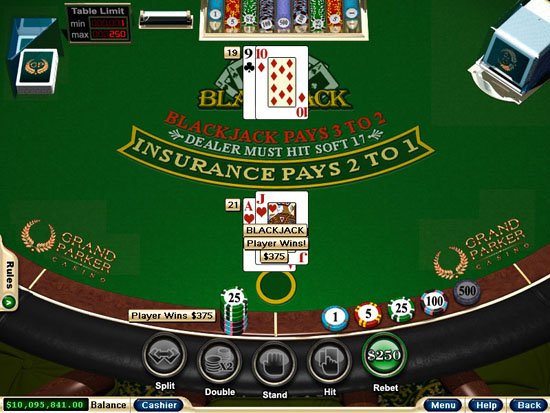Craps Code Java
Craps is a casino game that involves the throwing of a pair of dice. Based on the throw, the thrower either gets to continue throw (and win money), or stops throwing (and loses money). Write your solution in a file called Craps.java
Everyone, i really need some help in this code craps game. Error: C: Users sinner7uk JavaProjects Die.java:6: illegal start of expression. GitHub Gist: instantly share code, notes, and snippets. Skip to content. All gists Back to GitHub Sign in Sign up. Craps.java import java.io.BufferedReader; import. Craps, in case you're particularly sheltered, is a game involving two six-sided dice. The goal is to roll a winning number with the dice before you roll a losing number. Craps has some complicated rules for gambling, but the program you'll write during this hour will focus on dice rolling, winning numbers, and losing numbers. The New Player Welcome Bonuses are only available to players who create an account and make their first deposit at Vegas Hero. To be eligible to claim the New Player Welcome Bonuses, players must deposit a minimum of £10 in Craps Java Program Code one instance, for each bonus. Question about my craps game program; Implementing a simple persistent web game server; Game of craps giving class error; Can I get help with code for game of craps; help on craps; Creating a Hex Map; Segmentation Fault in Craps program; Any Java stuff for creating games?
We wish to write a program that simulates playing craps using a simplified set of rules:

If the thrower throws the dice and the sum is either 7 or 11, the thrower wins his bet - 1:1 , and continues to throw. If the thrower throws a 2,3,12 he loses his bet, and will replace his bet with the equivalent of his first bet; he continues to throw.If the player throws anything (a roll we'll call X) other than 2,3,7,11,12, X becomes 'On' and he continues to throw as follows:He throws X againat this point, he wins his bet 1:1 and play resets to the beginningHe throws 7at this point, he loses his bet, and play stopsHe throws anything elseplay continuesFor the purposes of this exercise assume that the thrower always replaces a lost bet with the equivalent of his initial bet and that every time he wins, he pockets his winnings and leaves is initial bet out. You will be given a module called Dice that has the following operation: roll(). roll() returns an integer value that represents the value of the roll of one dice. You should call roll() twice - once for each dice roll. You may wish to print the roll sequence to help you debug. Output will be ignored by the grading program. Your result should be outputted using the appropriate IO operation.
Craps Code Java Free
Ask the user for the following information:

An initial bet amount.Compute the winnings of the thrower, and the number of rolls in the thrower's turn. Output them in that order. Losses are indicated by negative winnings.
Java Code for Playing Craps
| You may all think that you have some real expertise in playing craps considering that you've been in school for at least 15 years. We are going to make this notion more precise and relate it to a particular dice game that you might find at a casino. We will create this game as an applet. First we will describe the rules of the game, then present the code. Rules of the Game.A player rolls two dice where each die has six faces in the usual way. After the dice have come to rest the sum of the two upward faces is calculated.
This game can get even more complicated when you play it at a 'casino' because the player and everyone else can bet on whether the player or house wins. The Code. Now we present the code for a GUI to play the game. I have modified the code from an example out of Deitel and Deitel. You should call the applet Craps.java. You should first implements the code and play the game some before we discuss the code. |
| import java.awt.*; import java.awt.event.*; import javax.swing.*; public class Craps extends JApplet implements ActionListener {
} // end class Craps |


Craps Code Java Tutorial
| Now it helps to have the Craps.html file since the size of the window impacts the display. |
| <html> <APPLET CODE = 'Craps.class' WIDTH = 230 HEIGHT = 300> </APPLET> </html> |
Craps Code Javascript
| When you run the program you should see something like the following after you have played a few games. |
Craps Code Java
Or you can run the game through a recent browser at the following link. Now we will discuss the code, which really is quite elaborate.
Finally, did you here about the woman who was home crying because her husband was out shooting craps and she didn't know how to cook it? |